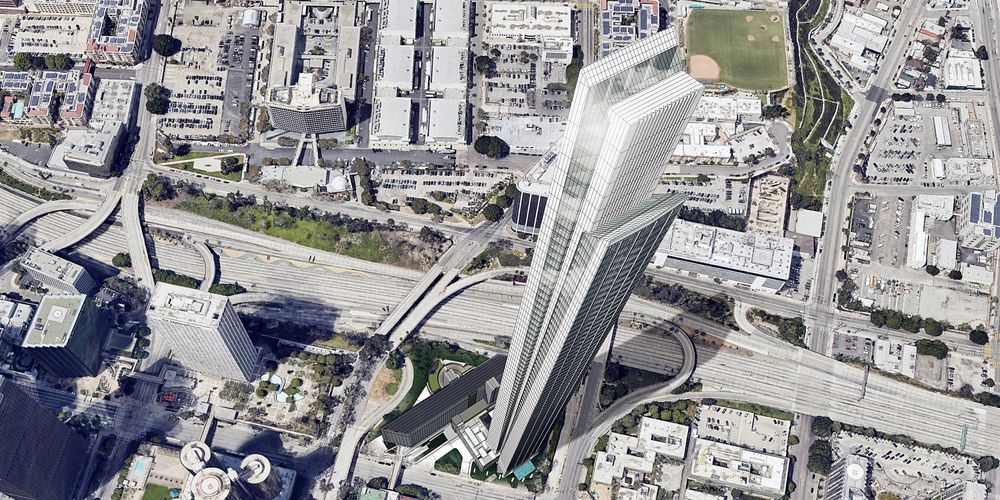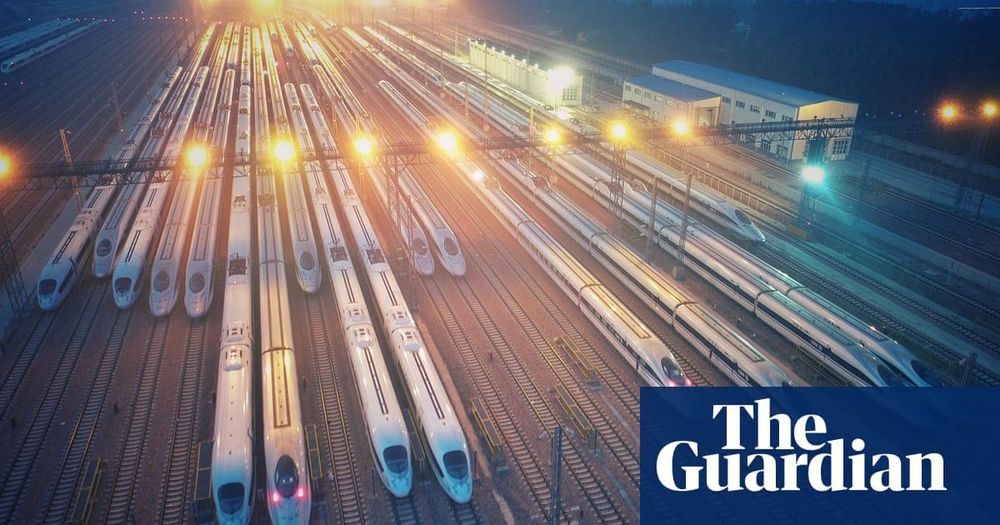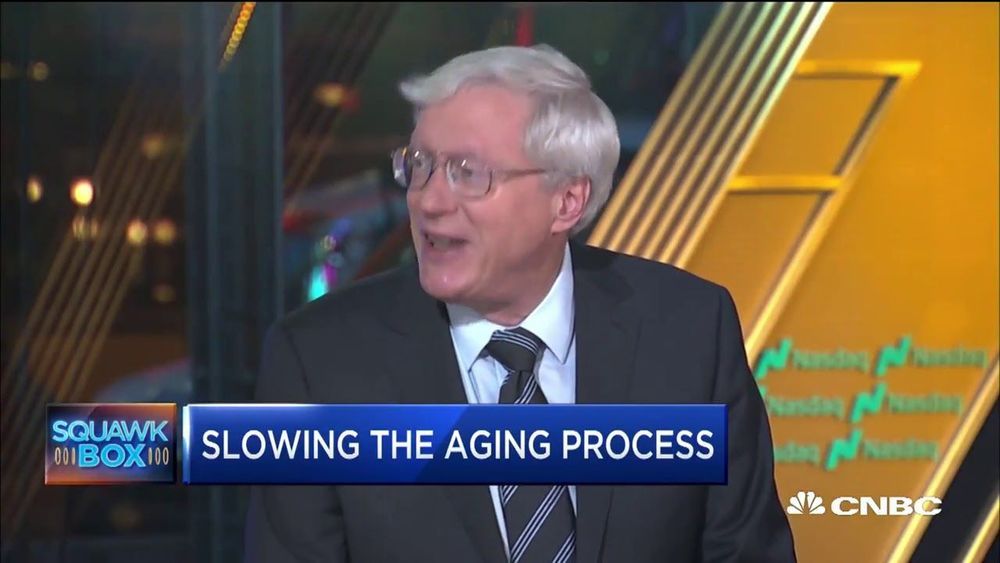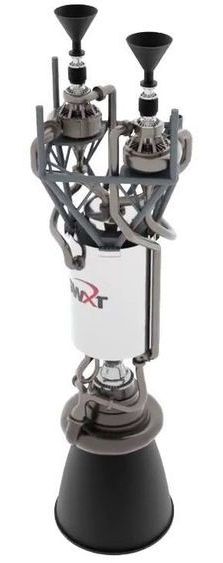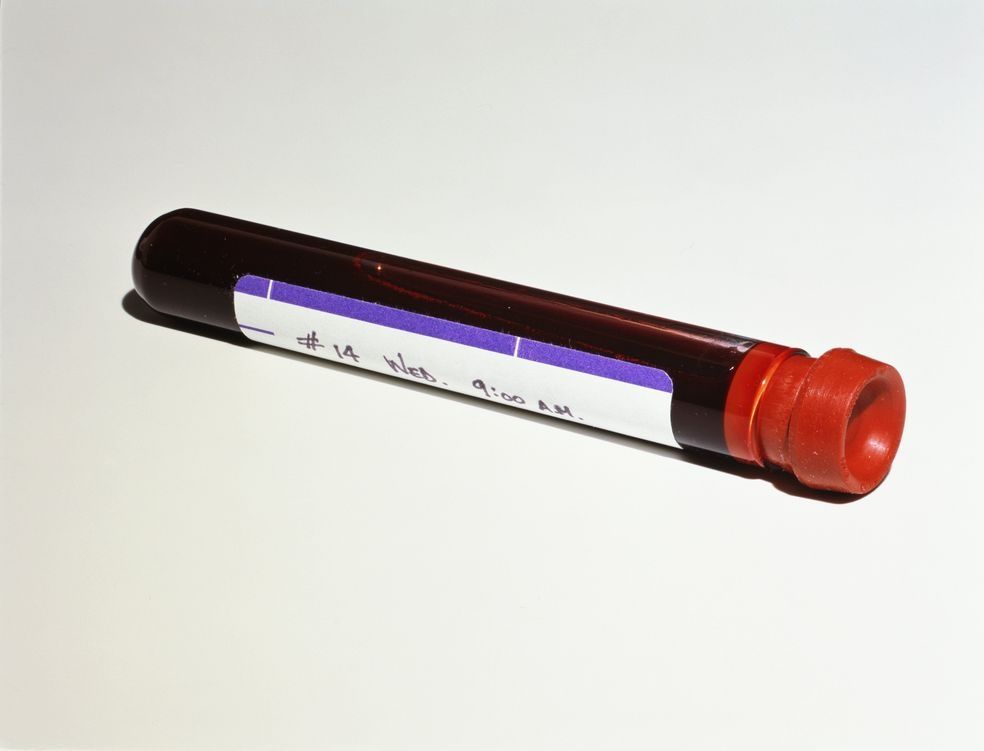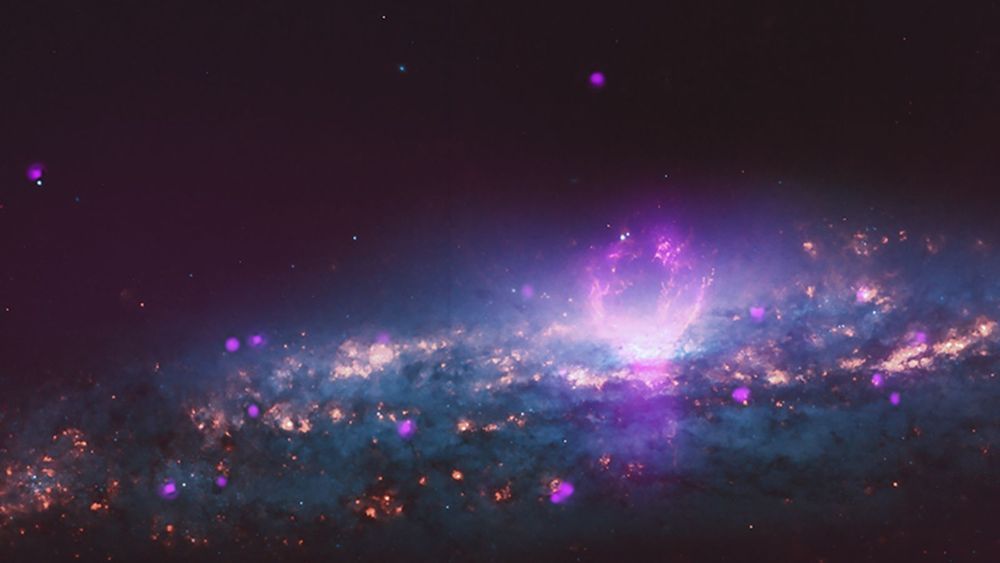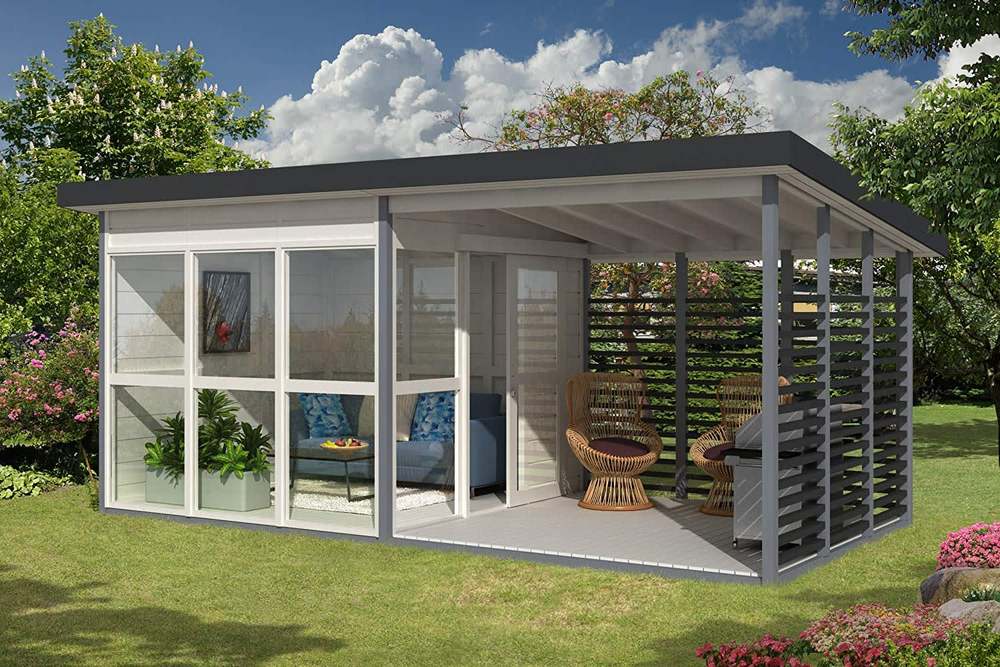- Los Angeles could be getting a brand-new skyscraper that’s taller than the Wilshire Grand — the tallest tower in California.
- The planned skyscraper is 77 stories high and features a mixture of condos, hotel rooms, and commercial space.
- The future development represents a growing trend of supertall construction as cities compete to have the most impressive skylines.
Los Angeles has endured endless criticism for its low-lying slab buildings, flat-topped towers, and mismatched design aesthetics.
In 2013, the former architecture critic at Los Angeles magazine, Greg Goldin, lamented the city’s “dull” and “mediocre” landscape.
